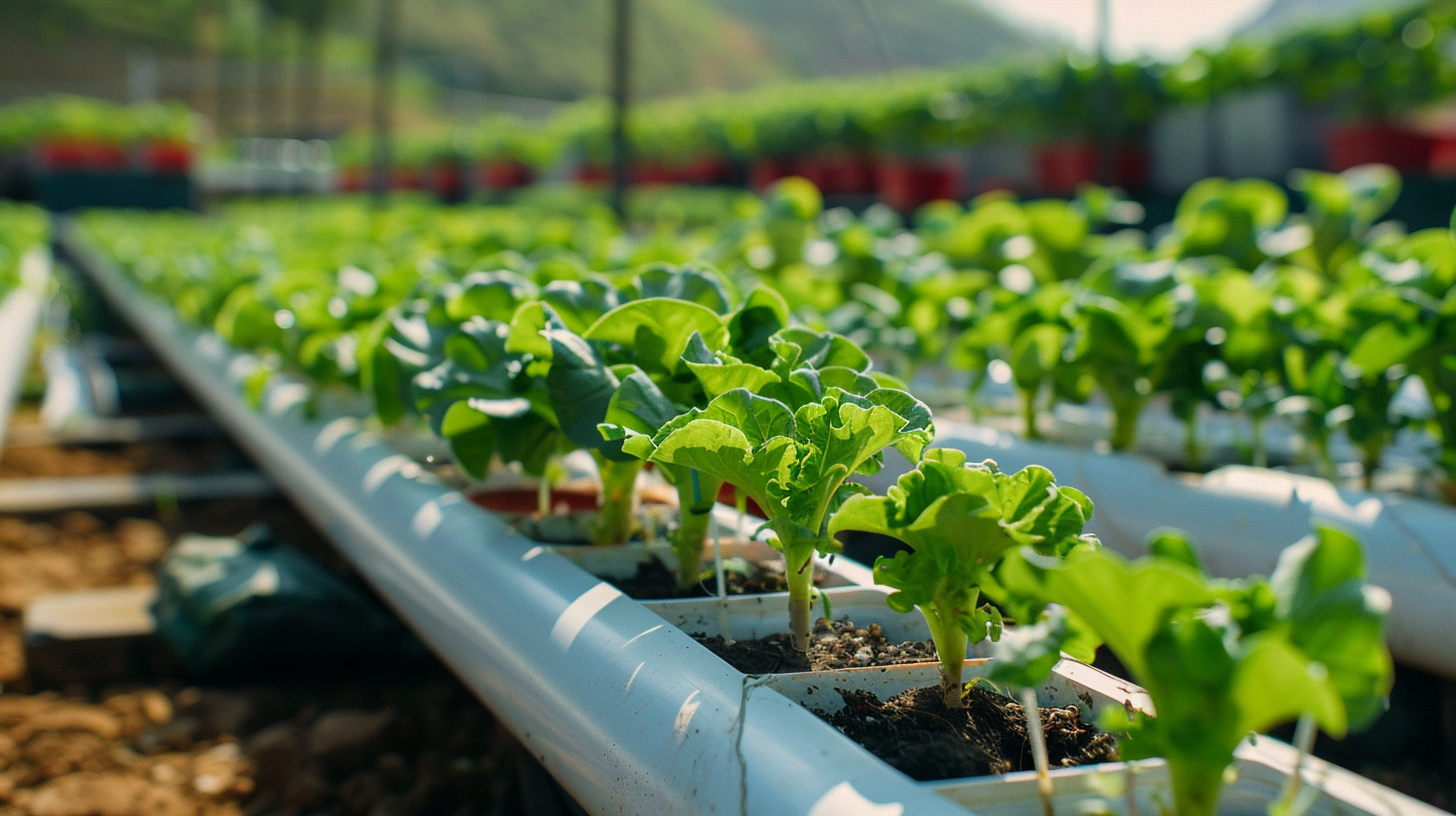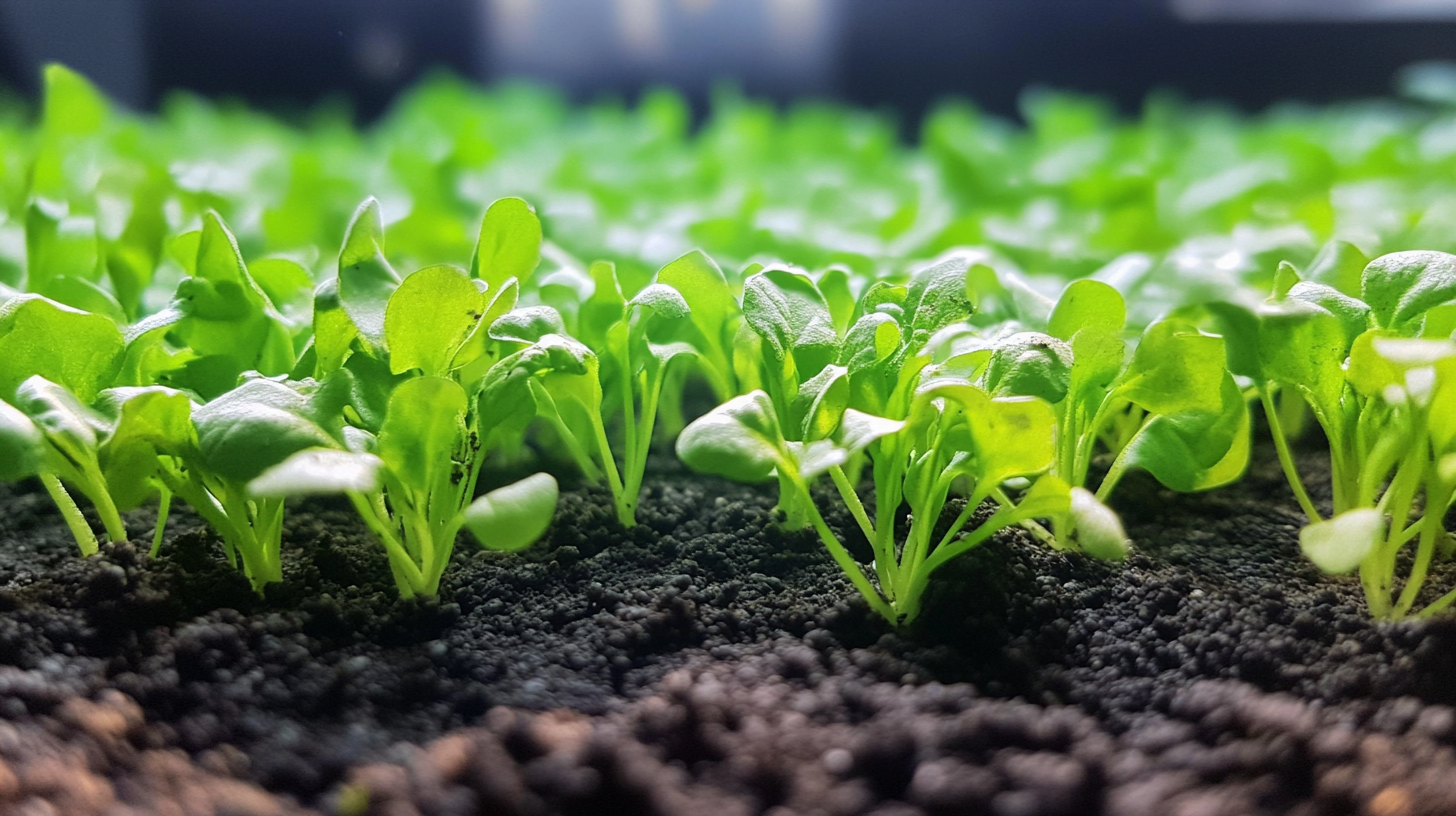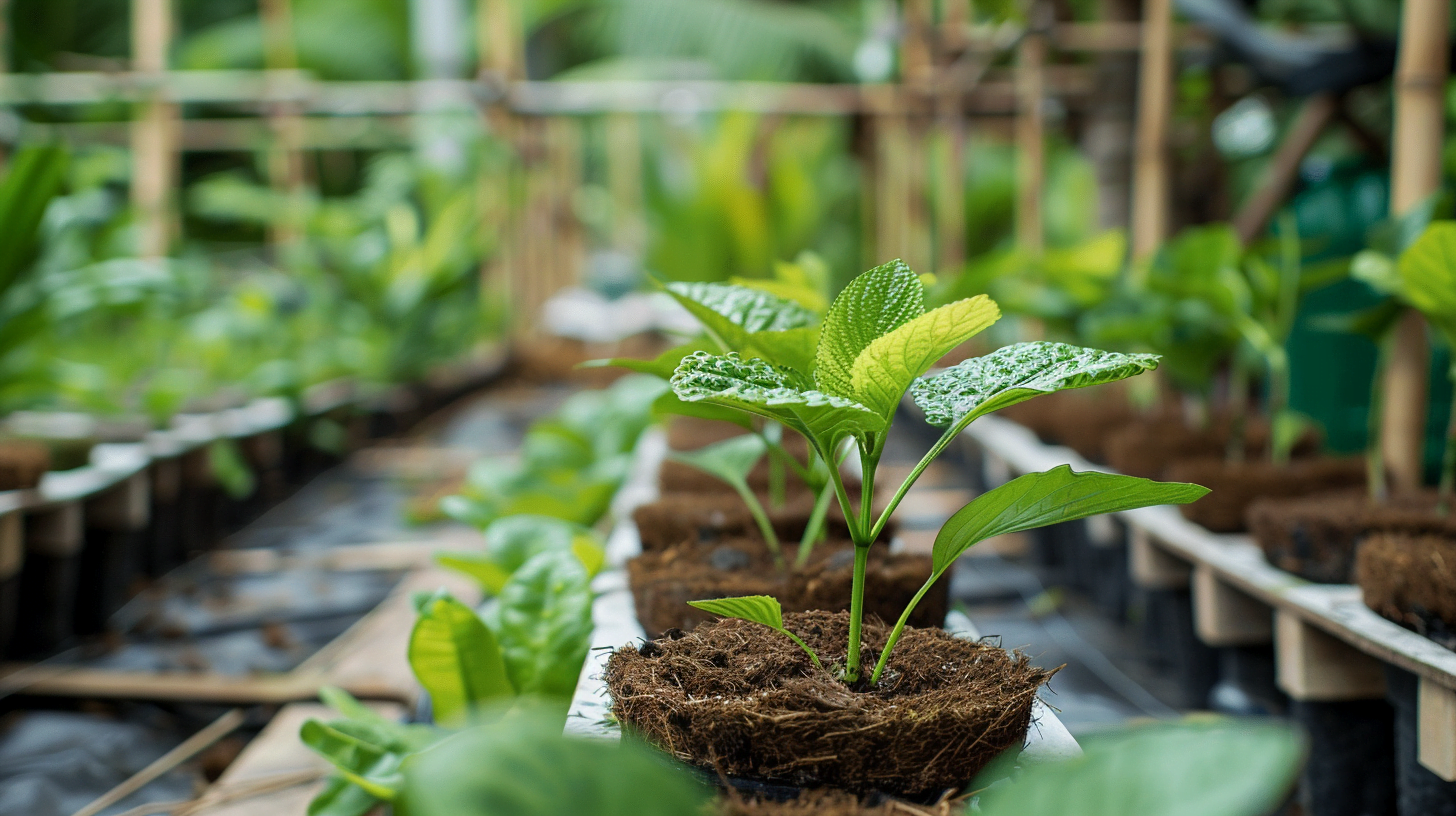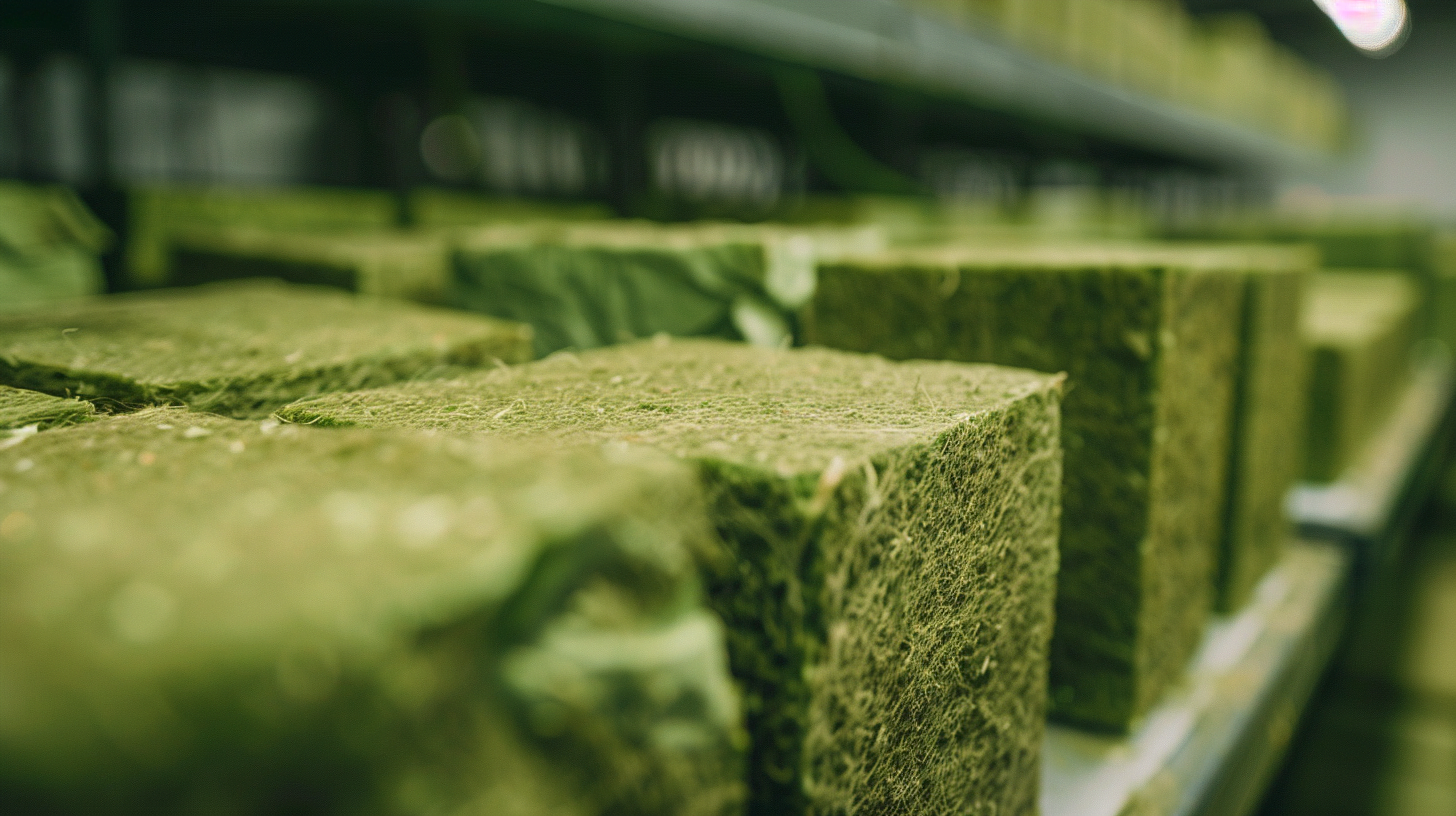Hydroponic gardening has revolutionized the way we grow plants, offering a soil-free alternative that can yield impressive results. At the heart of any successful hydroponic system lies the growing medium – the material that supports plant roots and facilitates nutrient uptake. But with so many options available, you might be wondering: what is the best medium for hydroponic growing? Let’s dive deep into this topic and explore the various options to help you make an informed decision for your hydroponic garden.
Understanding Hydroponic Growing Mediums
Before we delve into specific types of growing mediums, it’s essential to understand what a hydroponic growing medium is and why it’s crucial for plant growth.
A hydroponic growing medium, also known as a substrate, is an inert material that supports plant roots in a soil-less environment. Unlike traditional soil, hydroponic mediums don’t provide nutrients to the plants. Instead, they serve several key functions:
- Providing structural support for plants
- Retaining moisture and nutrients
- Allowing oxygen to reach the roots
- Maintaining an ideal pH level
The best hydroponic growing medium will balance these functions effectively, creating an optimal environment for root development and nutrient absorption.
Types of Hydroponic Growing Mediums
Now that we understand the role of growing mediums in hydroponics, let’s explore some of the most popular options:
1. Rockwool
Rockwool is one of the most widely used hydroponic growing mediums, especially in commercial operations. It’s made from molten rock that’s spun into fine fibers and then formed into cubes or slabs.
Pros of Rockwool:
- Excellent water retention and aeration
- Sterile and pH neutral
- Easy to transplant
Cons of Rockwool:
- Not biodegradable
- Can be irritating to skin and lungs during handling
2. Coconut Coir
Coconut coir, derived from coconut husks, has gained popularity as an eco-friendly hydroponic medium.
Pros of Coconut Coir:
- Excellent water retention
- Good aeration properties
- Biodegradable and sustainable
Cons of Coconut Coir:
- May contain high levels of salts if not properly processed
- Can break down over time
3. Expanded Clay Pellets (Hydroton)
Expanded clay pellets, also known as LECA (Lightweight Expanded Clay Aggregate) or Hydroton, are clay balls that have been heated to high temperatures, causing them to expand.
Pros of Expanded Clay Pellets:
- Excellent drainage and aeration
- Reusable and long-lasting
- pH neutral
Cons of Expanded Clay Pellets:
- Lower water retention compared to other mediums
- Can be more expensive initially
4. Perlite
Perlite is a volcanic glass that has been superheated until it expands, creating a lightweight, porous material.
Pros of Perlite:
- Excellent aeration and drainage
- Sterile and pH neutral
- Lightweight and easy to handle
Cons of Perlite:
- Low water retention
- Can float in water-based systems
5. Vermiculite
Vermiculite is a natural mineral that expands when heated, creating a lightweight, highly absorbent material.
Pros of Vermiculite:
- Excellent water retention
- Good nutrient holding capacity
- pH neutral
Cons of Vermiculite:
- Can become compacted over time
- May retain too much water for some plants
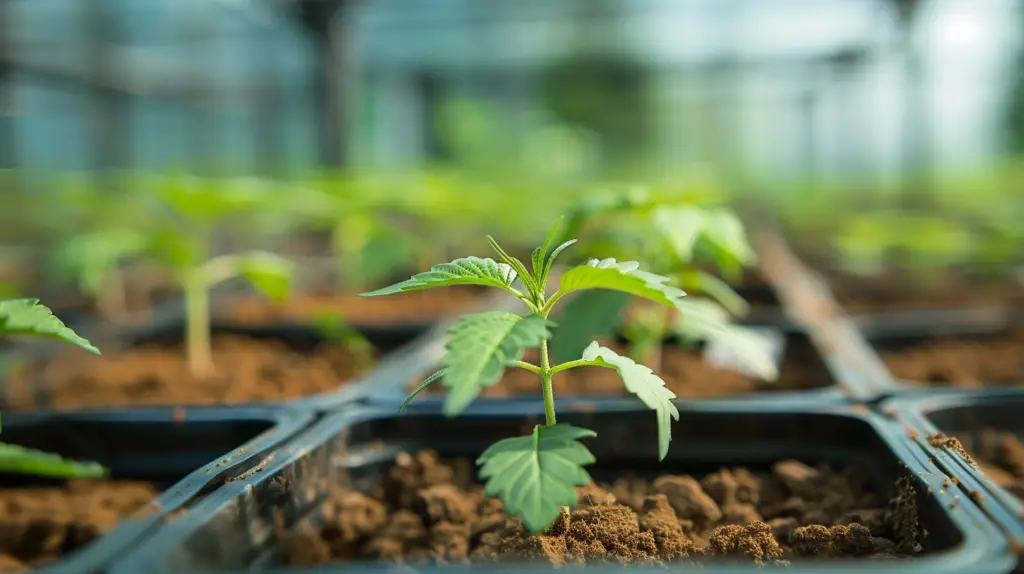
Factors to Consider When Choosing the Best Hydroponic Growing Medium
When selecting the best medium for your hydroponic system, consider the following factors:
- Plant type: Different plants have varying root structures and water needs.
- Hydroponic system design: Some mediums work better in certain types of systems.
- Water retention vs. aeration: Balance these properties based on your plants’ needs.
- pH stability: Choose a medium that won’t significantly alter your nutrient solution’s pH.
- Reusability: Consider whether you want a single-use or reusable medium.
- Cost and availability: Factor in both initial and long-term costs.
Comparing Popular Hydroponic Growing Mediums
To help you make an informed decision, here’s a comparison table of the most common hydroponic growing mediums:
| Medium | Water Retention | Aeration | pH | Reusability | Cost |
|---|---|---|---|---|---|
| Rockwool | High | Good | Neutral | Single-use | Moderate |
| Coconut Coir | High | Good | Slightly acidic | Biodegradable | Low |
| Expanded Clay Pellets | Low | Excellent | Neutral | Reusable | High initially, low long-term |
| Perlite | Low | Excellent | Neutral | Reusable | Low |
| Vermiculite | High | Moderate | Neutral | Reusable | Low |
Best Hydroponic Growing Mediums for Different Systems
Different hydroponic systems may benefit from specific types of growing mediums. Here are some recommendations:
- Deep Water Culture (DWC): Expanded clay pellets or perlite
- Nutrient Film Technique (NFT): No medium required, or lightweight options like perlite
- Ebb and Flow: Expanded clay pellets, perlite, or rockwool
- Drip Systems: Coconut coir, rockwool, or a mix of perlite and vermiculite
- Aeroponics: Minimal medium required, neoprene collars often used
Tips for Optimizing Your Hydroponic Growing Medium
To get the most out of your chosen hydroponic growing medium:
- Properly prepare the medium: Rinse and soak as needed before use.
- Monitor pH levels: Regularly check and adjust the pH of your nutrient solution.
- Maintain proper moisture levels: Avoid overwatering or underwatering.
- Clean and sterilize reusable mediums: Prevent disease buildup between crops.
- Combine mediums: Mix different types to achieve optimal properties for your plants.
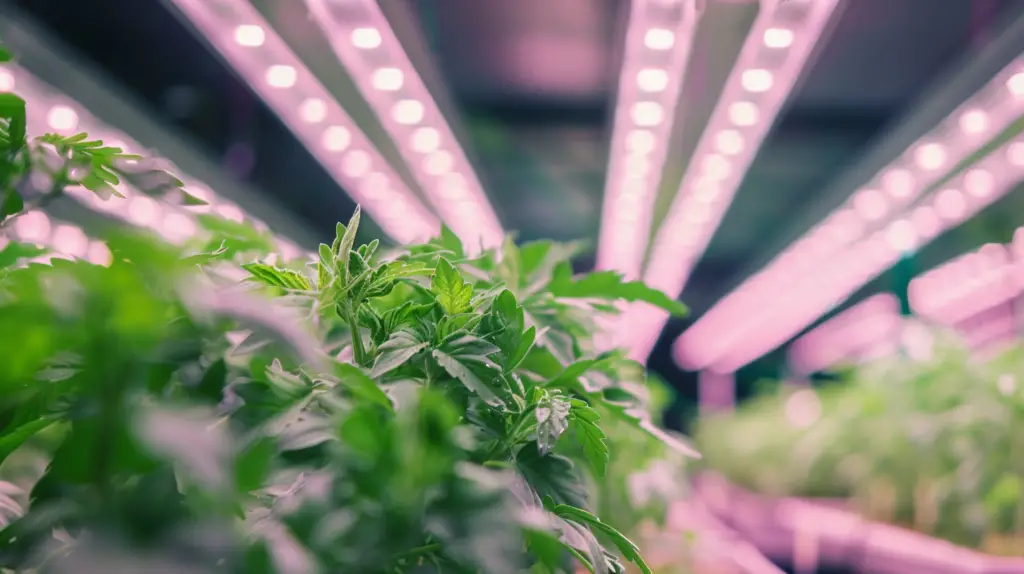
Conclusion: Finding Your Best Hydroponic Growing Medium
Ultimately, the best medium for hydroponic growing depends on your specific needs, plants, and system design. While rockwool and coconut coir are popular choices for their balanced properties, expanded clay pellets offer excellent aeration, and perlite provides superb drainage.
Experiment with different mediums or combinations to find what works best for your hydroponic garden. Remember, the key to success in hydroponics is creating an environment where roots can access water, nutrients, and oxygen efficiently.
By understanding the properties of various hydroponic growing mediums and considering your specific needs, you can make an informed decision that will set your hydroponic garden up for success. Happy growing!
